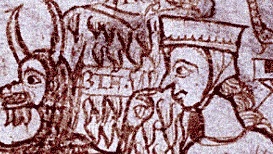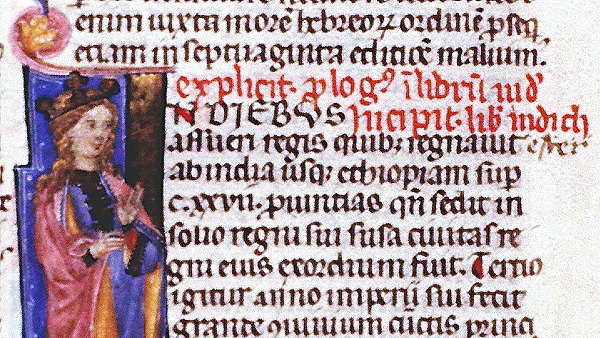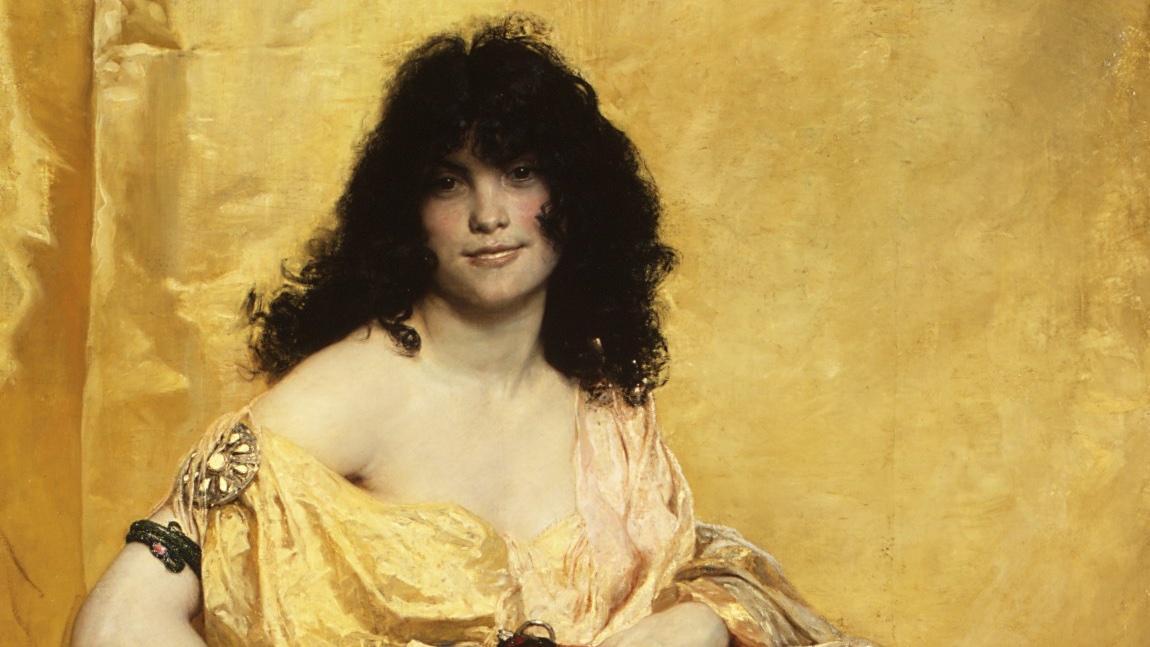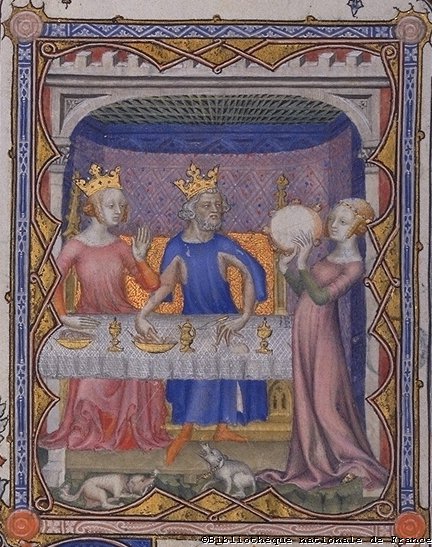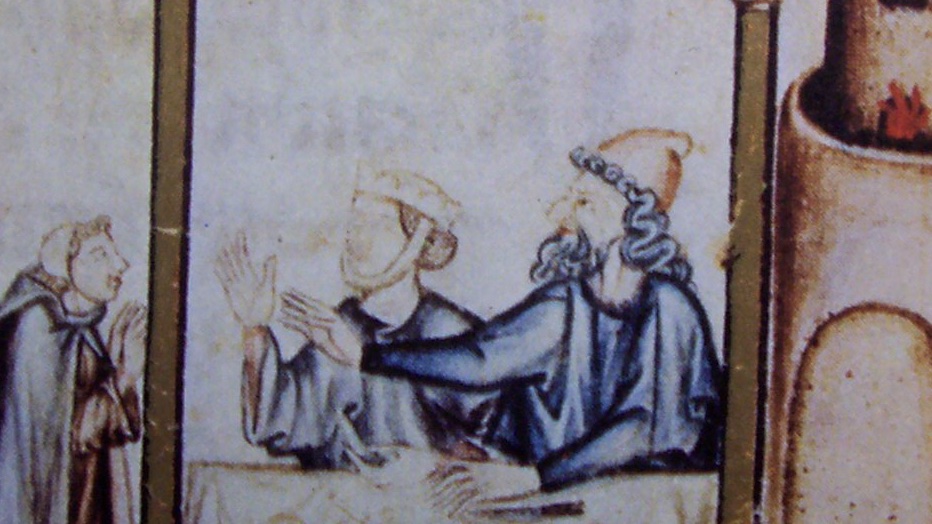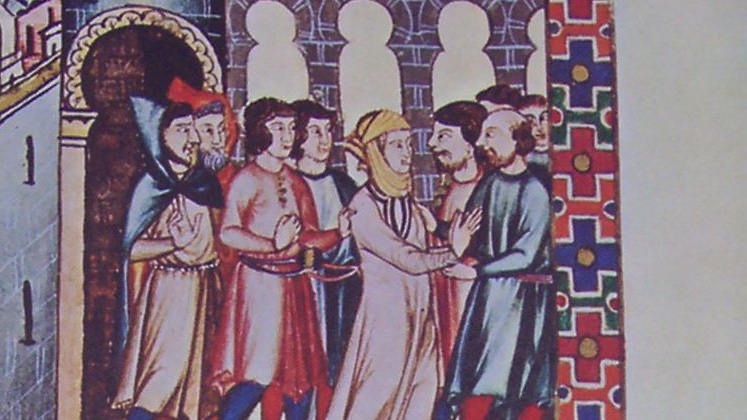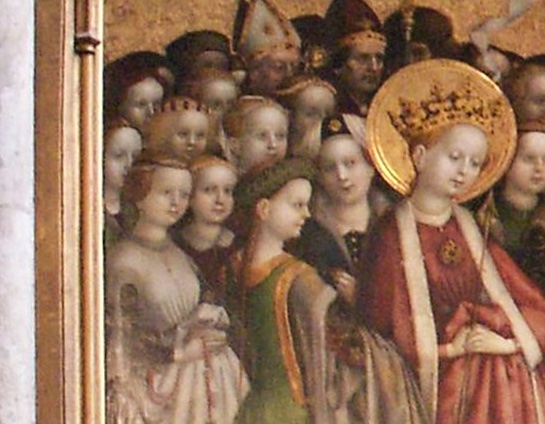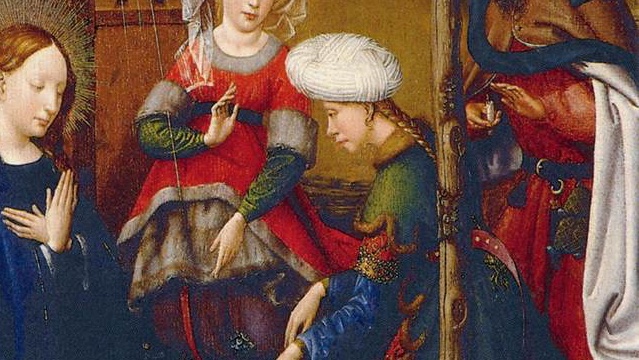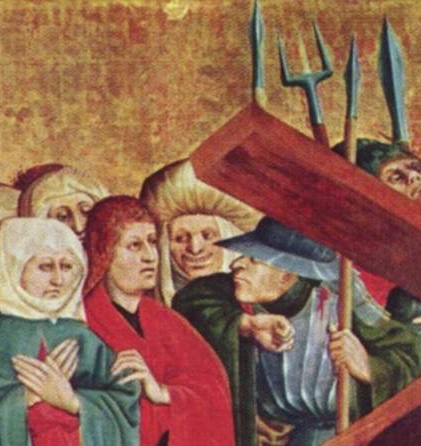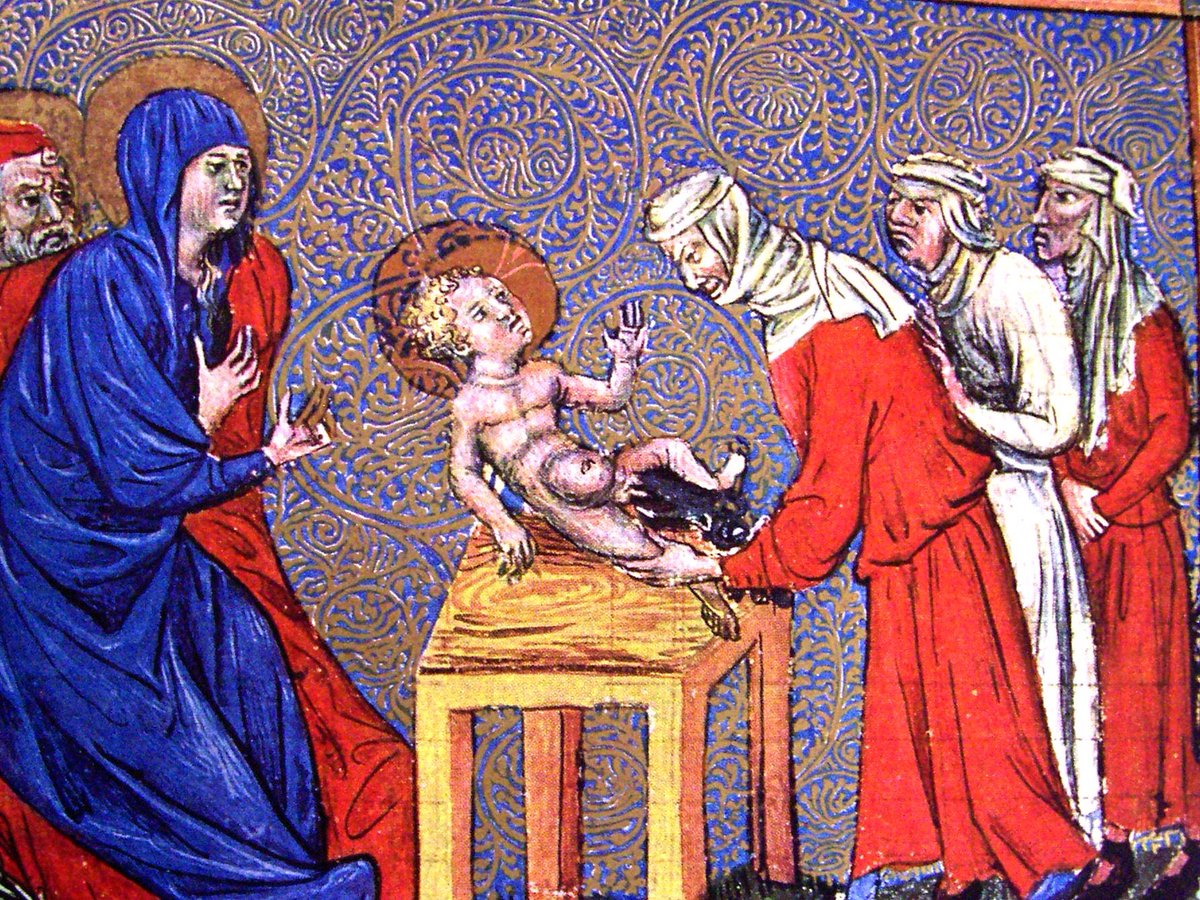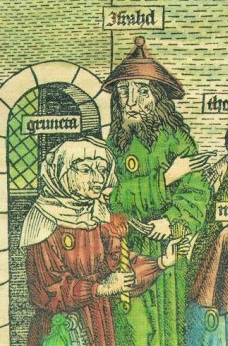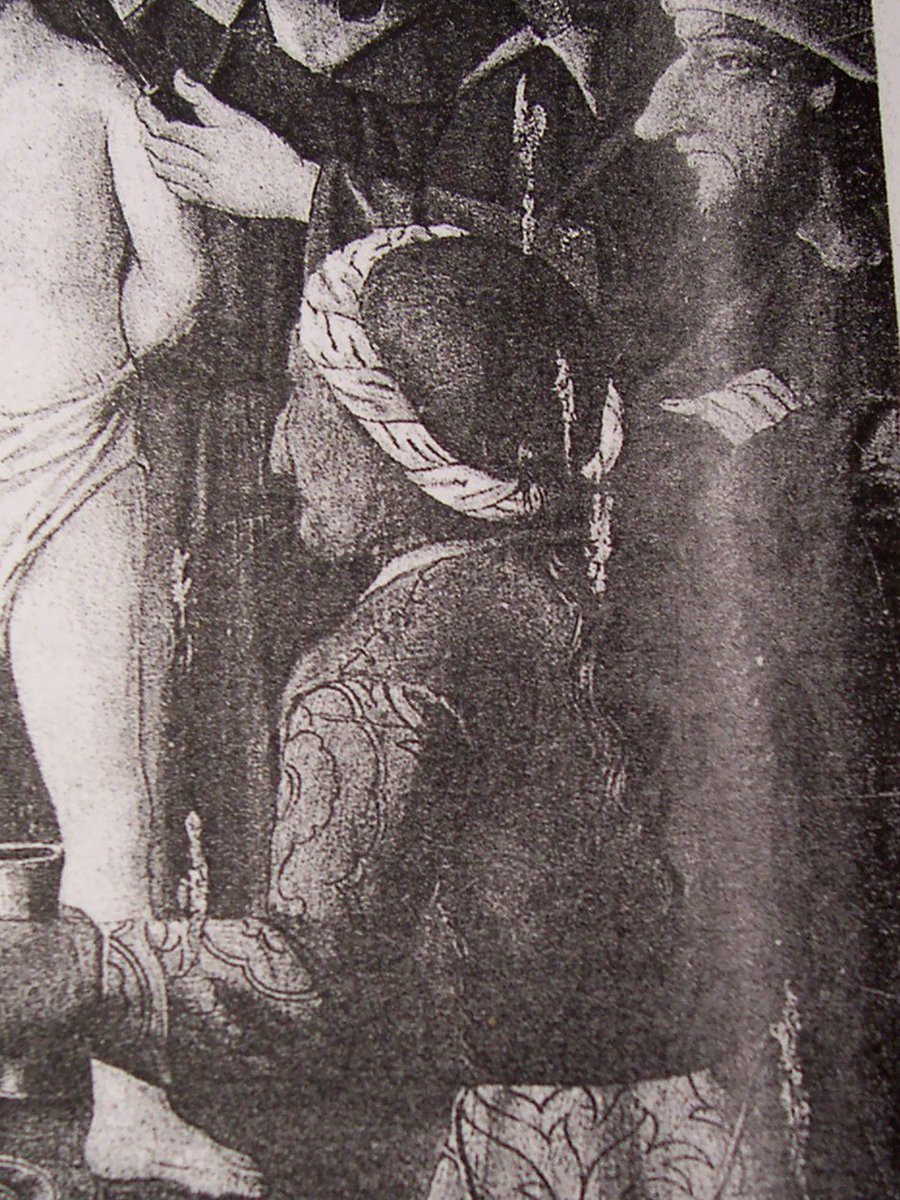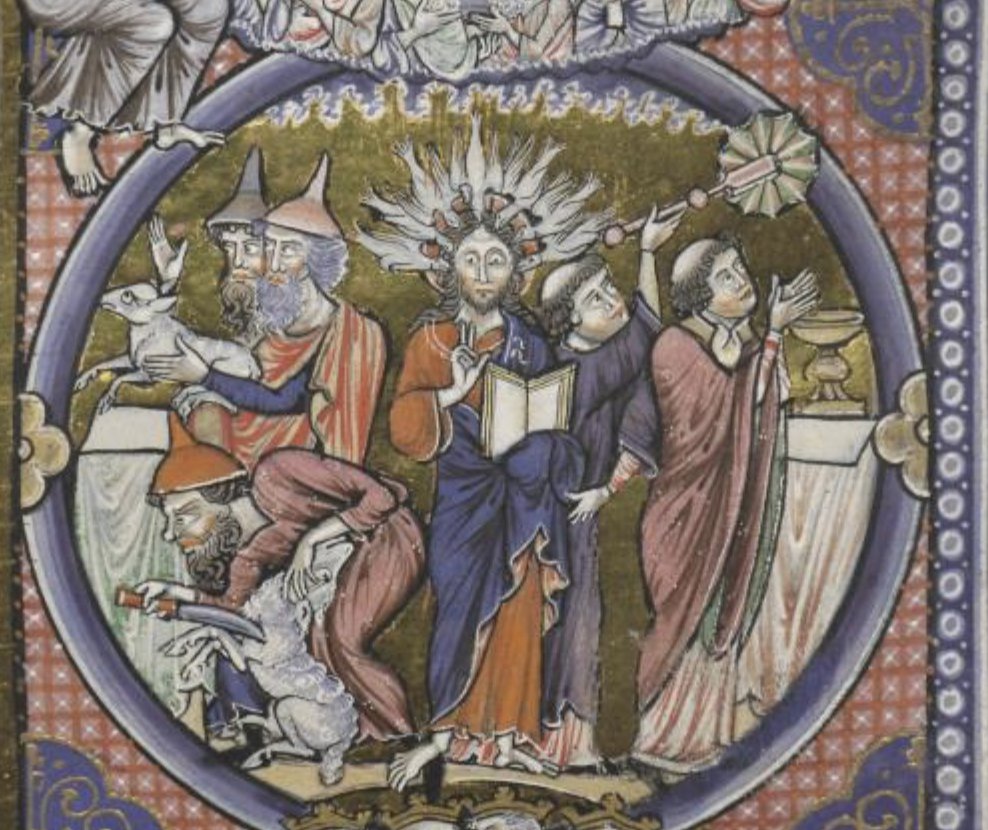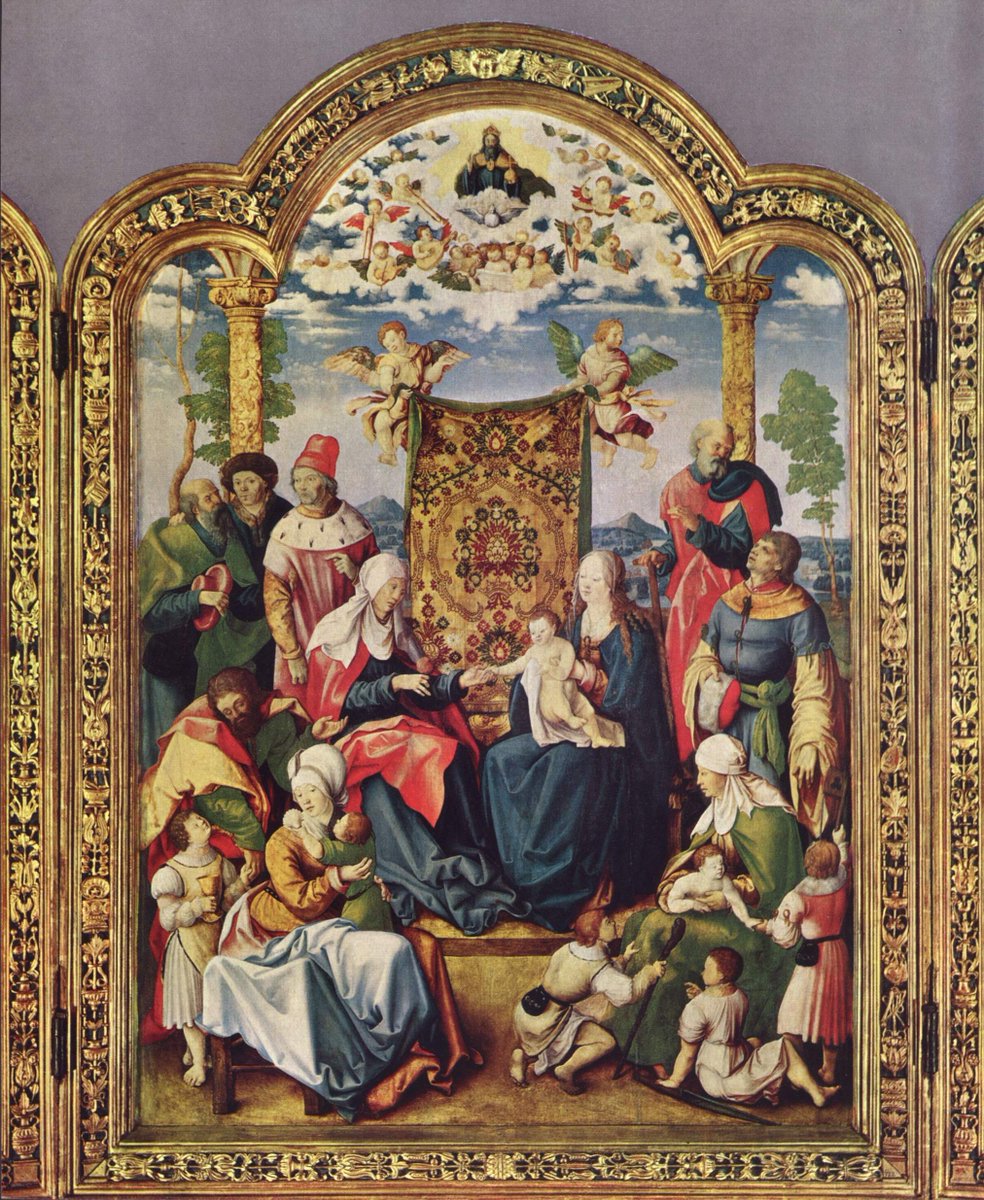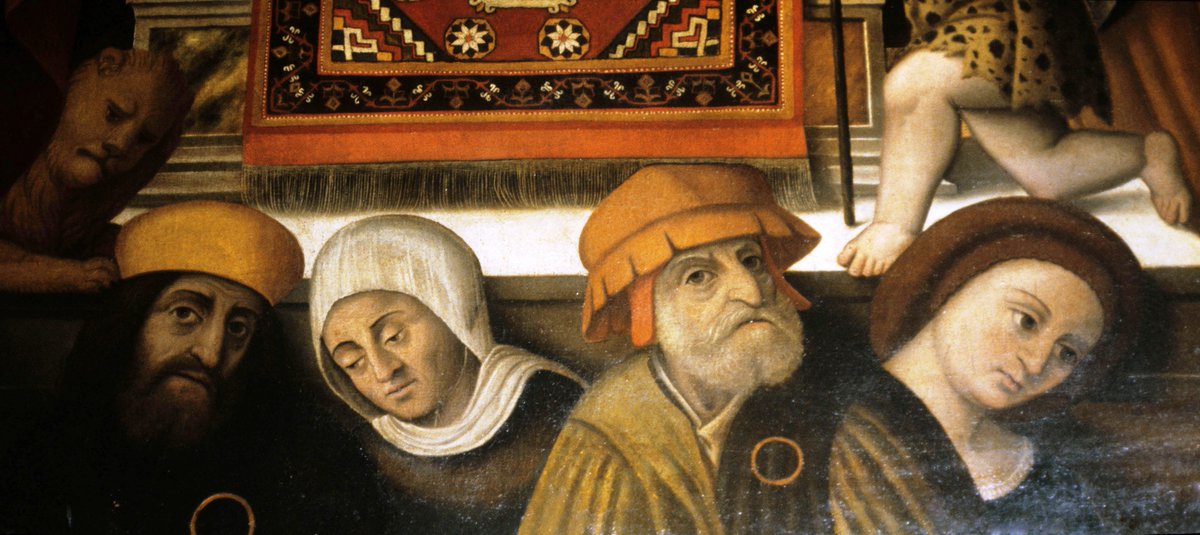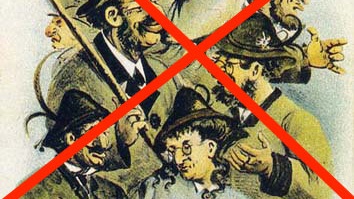Good morning #Twittistorian! This is @sliptonmedieval, tweeting about #Imagesashistory. Yesterday we looked at the afterlife of medieval anti-Jewish caricature in modern political cartoons. But we've seen only 1 Jewish woman! More on other Jewish women later today (busy morning).
OK, let's start!Topic: why no caricatured/visually marked Jewish women in high medieval art? Of course, there were OT heroines, NT saints & sinners. But unlike Jewish men, they are unmarked. Here Queen Esther could be a Xian queen.(See also work of @AdrienneBoyarin, @MiriERubin)
The fair, bland high medieval Jewish woman contrasts strongly with the 18th-c. & later Orientalist "Jewess," a very recognizable figure, w/thick, curly, dark hair, dark eyes, pale skin, full red lips, gleaming jewels, richly colored or diaphanous drapery, and come-hither look.
In medieval art, not even stereotypically evil or seductive Jewish women (such as Salome) were visually singled out. Here is a 14th-century Salome who, like Esther above, could be a Christian princess.
Why?! Here are images from the Cantigas de Santa Maria that help us understand. The caricatured men here embody how Christians saw Jewish law; harsh, ugly, carnal. The unmarked women embody the passivity & changeability Christian clerics hoped to see in Jews. (Hello @alecmimoun)
SO in high medieval Xian art, the femaleness of a Jewish woman trumped her Jewishness. This relatively benign neglect began to change ca. 1400. Jewish woman begin to be marked with signs of exoticism, antiquity: a single braid, a turban, gold or fur trim. They can be lovely.
But exotic in a dangerous way! These luxurious Jewish women w/turban, braids, earrings embody the temptations of Judaism or the qualities associated w/it (in Xian thought): secularism, materialism. They are thus forerunners of Orientalist Jewess. Here: Mary's skeptical midwife.
But we also start to see ugly, caricatured Jewish women. They now look similar to men, & now also embody Jewish carnality. See the leering, grimacing, hook-nosed woman in this 1437 Calvary scene.
Or these three grotesque circumcising women in this illustration of the Pilgrimage of Jesus Christ by Deguileville. The female character Old Law is treated respectfully in text, but here she looks hideous and malign, as do her attendants.
The most disturbing context in which we see these late medieval caricatured Jewish women: illustrations of the ritual murder libel. Their hooked noses echo those of the murderous men, and make them full accomplices to the alleged crime.
WHY did Jewish women begin to be caricatured ca. 1400? Too complicated for Twitter! In brief: this coincides w/the spread of Xian lay piety. Earlier, Xian devotion "happened" in church, and was "performed" by male clerics. Jewish men were constructed as their dark counterparts.
But by 1400, with the spread of lay piety, Christian devotion also "happened" at home, in the family setting. The Holy Family and household, increasingly featured in art, was supposed to be reflected in Christian families and households.
Christian wives and mothers gained in symbolic valence, now representing the spiritual status of their family. And so Jewish women began to appear alongside their caricatured husbands, and served as the dark counterparts to pure Christian women.
Unfortunately, like the caricatured Jewish male, the hideously caricatured Jewish woman also had a modern afterlife. (Hate image: X'd out.)
Another grim ending! Tomorrow, I'll close my week on #Imagesashistory with a somewhat less dark thread, on how medieval preachers tried to guide the reading of images, and use their power and beauty for (perceived) good. Thanks for joining me! ~ @sliptonmedieval

 Read on Twitter
Read on Twitter